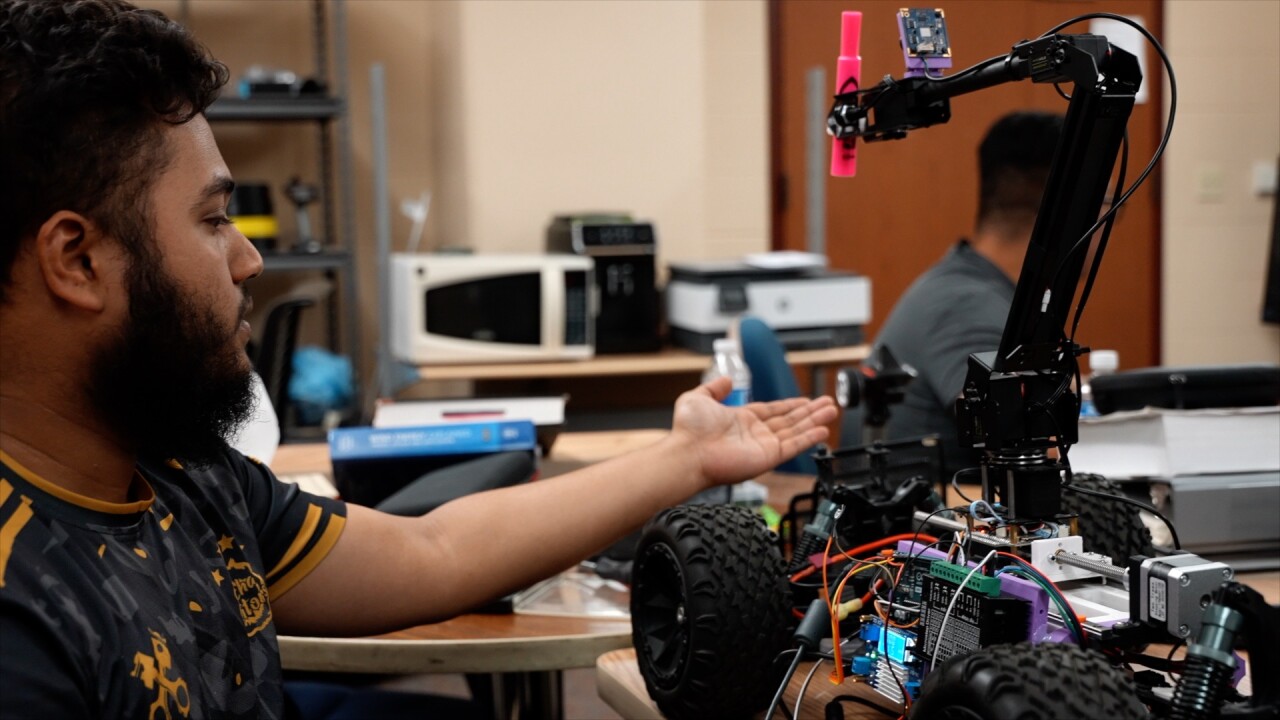MADISON, Wis. — Researchers at the University of Wisconsin-Madison recently discovered a flaw in how NASA and other space agencies design and test rovers for exploring the moon and beyond.
For decades, engineers have tested rovers through a method called gravitational offset, in which a rover is made lighter, either by removing weight or attaching a crane or helium balloons, to account for earth’s gravitational pull.
“Basically, what you try to do is reproduce on Earth the conditions that you are going to experience on that planet or moon,” Dan Negrut, a mechanical engineering professor at UW-Madison and head of the Simulation Based Engineering Lab said.
Negrut and the roughly 20 students and engineers at SBEL use an open-source software they’ve developed in collaboration with Italian scientists over the past nearly two decades to model how vehicles will interact with different types of terrain. It allows them to perform tests that couldn’t be replicated on Earth.
Watch: UW researchers find flaw that's been causing space rovers to get stuck
While testing NASA’s VIPER moon rover design in a simulated lunar environment, the team didn’t get the results it expected. Instead, Negrut and his team found that engineers hadn’t been accounting for the lighter gravitational pull on sand and soil on the moon and Mars.
“The material there is fluffier, because it’s not pulled down. So, you should look both at the sand and at the vehicle,” Negrut said. “Actually, it’s very intuitive in retrospect, because if you reduce the mass of the VIPER, or the vehicle in general, you should also reduce the mass of the granular terrain that it moves on to keep it fair.”
UW researchers and NASA engineers published their findings earlier this year in the Journal of Field Robotics. They hope their research will cause fewer rovers to get stuck in loose dirt hundreds of thousands of miles away from the nearest tow truck.
Outside of rovers, SBEL has also worked on military and offroad vehicles, as well as a lunar vehicle that could be chosen for use on NASA’s Artemis mission, which aims to send astronauts back to the moon by mid-2027.

Negrut says the software his lab develops is used by NASA, the European Space Agency, the U.S. Army, and more.
It’s about time to watch on your time. Stream local news and weather 24/7 by searching for “TMJ4” on your device.
Available for download on Roku, Apple TV, Amazon Fire TV, and more.



